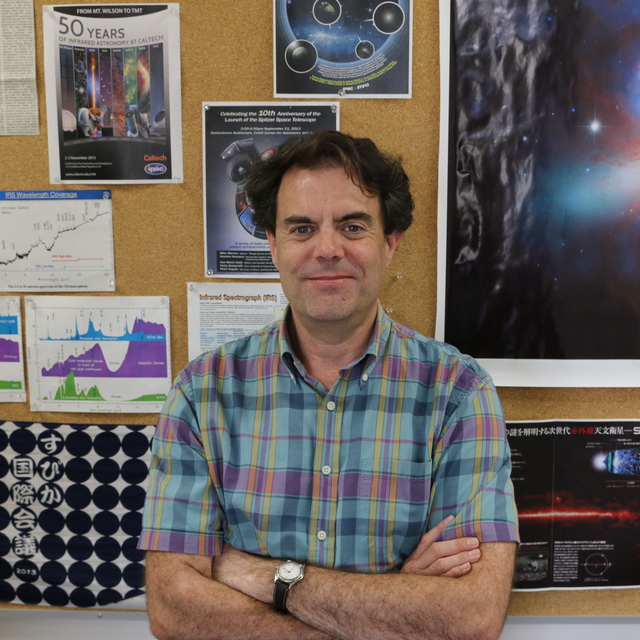November
2017
•
2017PASA...34...53F
Authors
•
Fernández-Ontiveros, J. A.
•
Armus, L.
•
Baes, M.
•
Bernard-Salas, J.
•
Bolatto, A. D.
•
Braine, J.
•
Ciesla, L.
•
De Looze, I.
•
Egami, E.
•
Fischer, J.
•
Giard, M.
•
González-Alfonso, E.
•
Granato, G. L.
•
Gruppioni, C.
•
Imanishi, M.
•
Ishihara, D.
•
Kaneda, H.
•
Madden, S.
•
Malkan, M.
•
Matsuhara, H.
•
Matsuura, M.
•
Nagao, T.
•
Najarro, F.
•
Nakagawa, T.
•
Onaka, T.
•
Oyabu, S.
•
Pereira-Santaella, M.
•
Pérez Fournon, I.
•
Roelfsema, P.
•
Santini, P.
•
Silva, L.
•
Smith, J. -D. T.
•
Spinoglio, L.
•
van der Tak, F.
•
Wada, T.
•
Wu, R.
Abstract
•
The physical processes driving the chemical evolution of galaxies in the last 11Gyr cannot be understood without directly probing the dust-obscured phase of star-forming galaxies and active galactic nuclei. This phase, hidden to optical tracers, represents the bulk of the star formation and black hole accretion activity in galaxies at 1 < z < 3. Spectroscopic observations with a cryogenic infrared observatory like SPICA, will be sensitive enough to peer through the dust-obscured regions of galaxies and access the rest-frame mid- to far-infrared range in galaxies at high-z. This wavelength range contains a unique suite of spectral lines and dust features that serve as proxies for the abundances of heavy elements and the dust composition, providing tracers with a feeble response to both extinction and temperature. In this work, we investigate how SPICA observations could be exploited to understand key aspects in the chemical evolution of galaxies: the assembly of nearby galaxies based on the spatial distribution of heavy element abundances, the global content of metals in galaxies reaching the knee of the luminosity function up to z 3, and the dust composition of galaxies at high-z. Possible synergies with facilities available in the late 2020s are also discussed.
Links




